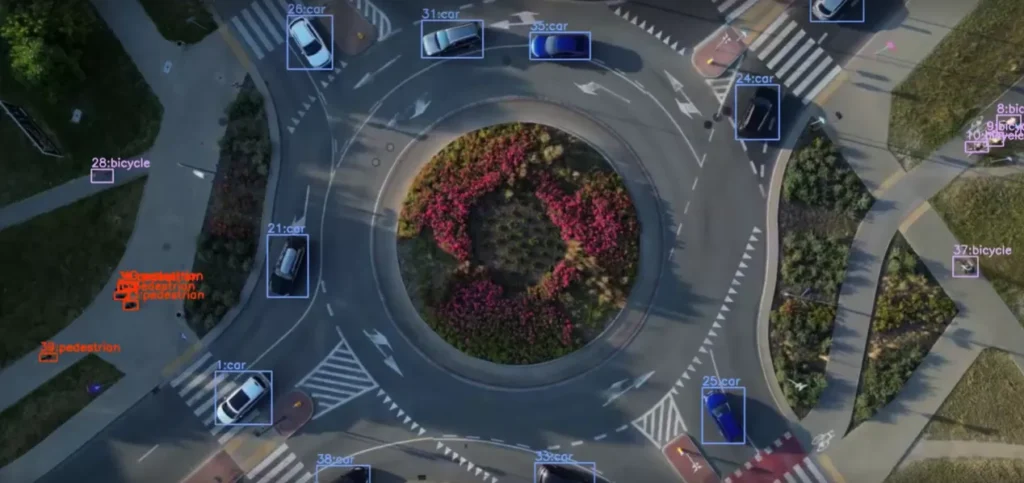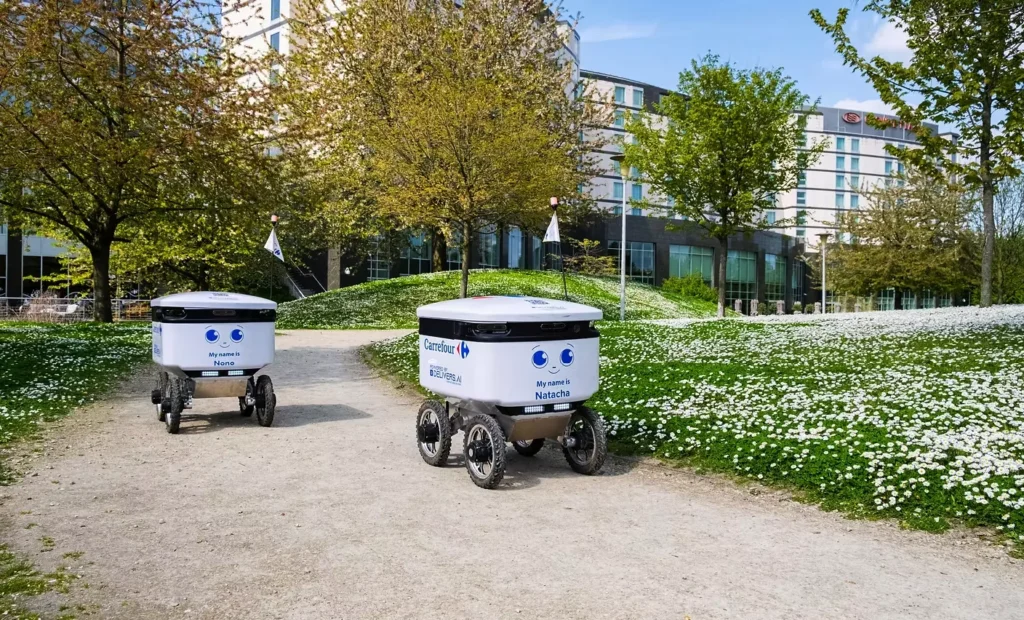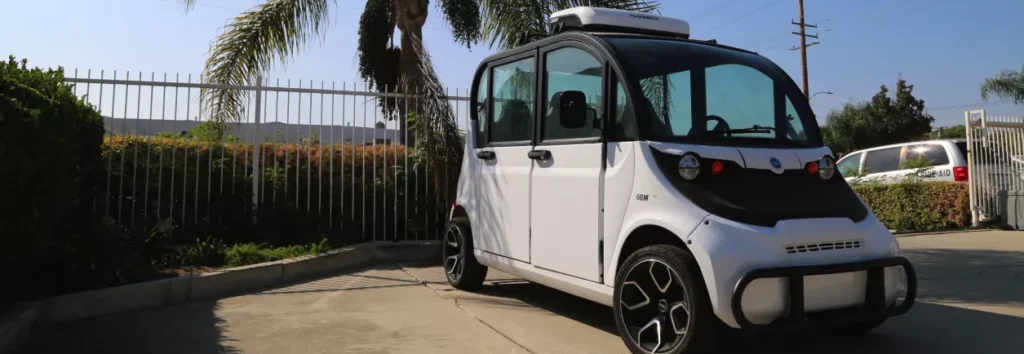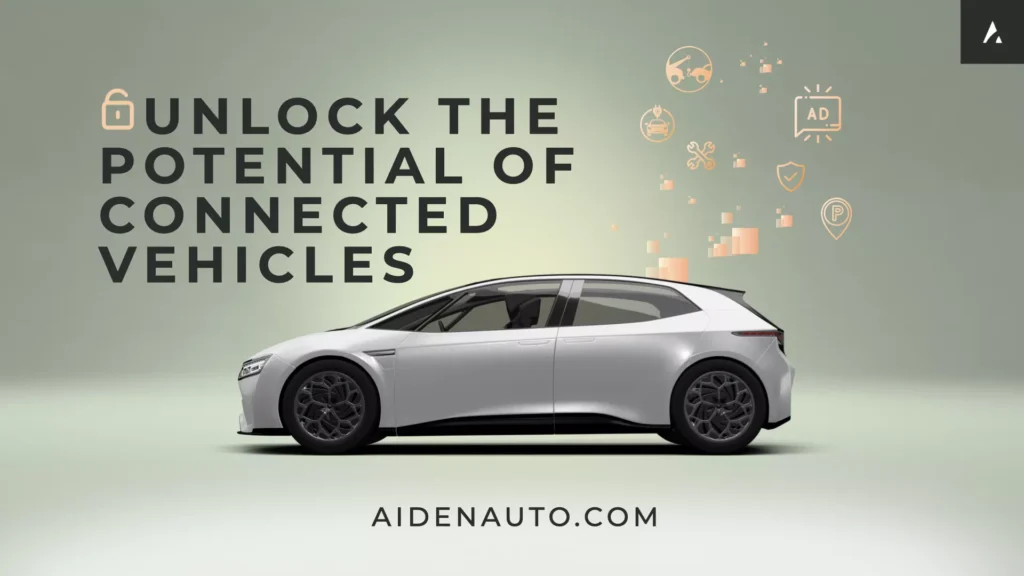










From EVs and batteries to autonomous vehicles and urban transport, we cover what actually matters. Delivered to your inbox weekly.
Skylo has entered the automotive sector with a satellite connectivity system designed to extend vehicle communication beyond the limits of cellular coverage.
At the 5G Automotive Association event in Paris, a live demonstration showed a BMW iX2 maintaining continuous connectivity using a Deutsche Telekom SIM card. The vehicle connected directly to Skylo’s non-terrestrial network (NTN) with no hardware modifications required.
The system operates through existing vehicle modems and allows real-time data transfer even in areas with no cell signal. It is built for production-scale deployment and functions as part of the core connectivity layer in software-defined vehicles.
At the center of Skylo’s platform is a single eSIM that connects to both terrestrial and satellite networks. Developed in collaboration with Qualcomm, Cubic³, and Rolling Wireless, the solution complies with 3GPP Release 17 and is globally deployable.
The eSIM runs on Qualcomm’s Snapdragon Auto 5G Modem-RF Gen 2, already integrated into upcoming vehicle platforms. Network switching between cellular and satellite occurs automatically, with no driver interaction.
This supports uninterrupted access to remote diagnostics, messaging, software updates, and telematics services.
Skylo’s satellite link keeps vehicles connected to safety-critical systems when cellular networks drop out. It supports status updates, hazard alerts, emergency messages, and real-time weather data.
HARMAN’s integration adds direct safety messaging. Drivers still receive alerts and diagnostics even with no cell signal.
Fraunhofer IIS voice codecs enable clear voice communication over satellite. Calls and voice-triggered functions stay active in remote areas.
The system works as a fallback layer for cloud-based features. When vehicles lose tower access, the satellite keeps the connection alive.
“We’re excited to unveil the world’s first automotive-grade solution that delivers seamless connectivity across both terrestrial cellular and non-terrestrial networks-marking a major milestone in enabling a truly ubiquitous network for connected cars”
Barry Napier, CEO of Cubic³
The system is entirely software-defined. It does not require dedicated satellite antennas or physical modifications to the vehicle. Coverage is supported through both low-Earth orbit (LEO) and geostationary (GEO) satellites.
As long as there is sky visibility, the network remains active. BMW is the first OEM to implement the system. Skylo is now preparing for expansion across additional brands and vehicle classes.
Skylo is deploying core network infrastructure for vehicle connectivity. The system integrates at the base layer of the automotive stack and supports long-term deployment across models and regions.
Its NTN eSIM is built to automotive-grade standards. It is globally deployable and secured under Skylo-owned IP. Compatibility is maintained with OEM hardware and software environments.
The platform supports remote updates, diagnostics, autonomous operation, and cloud-linked services. It functions across multiple generations of vehicle systems without redesign.
Skylo completed its live demonstration in May 2025. The system is now active with OEM partners.
Vehicles equipped with the required hardware are already in test fleets. Integration is underway across models designed for connected operation.
The platform targets the last major gap in vehicle connectivity: coverage loss. It extends network access into areas with no cellular signal and closes the loop for always-on data flow.
Skylo’s entry into automotive networking adds a new layer to the vehicle architecture — persistent connectivity beyond the reach of cell towers.
The system is live, the hardware is compatible, and the integration path is already in motion.
With unified eSIMs, satellite fallback, and full cloud sync, Skylo positions its network as a permanent fixture in the connected vehicle stack. The infrastructure is in place.
Vehicle connectivity now extends past coverage maps and operates on a continuous link to the cloud.